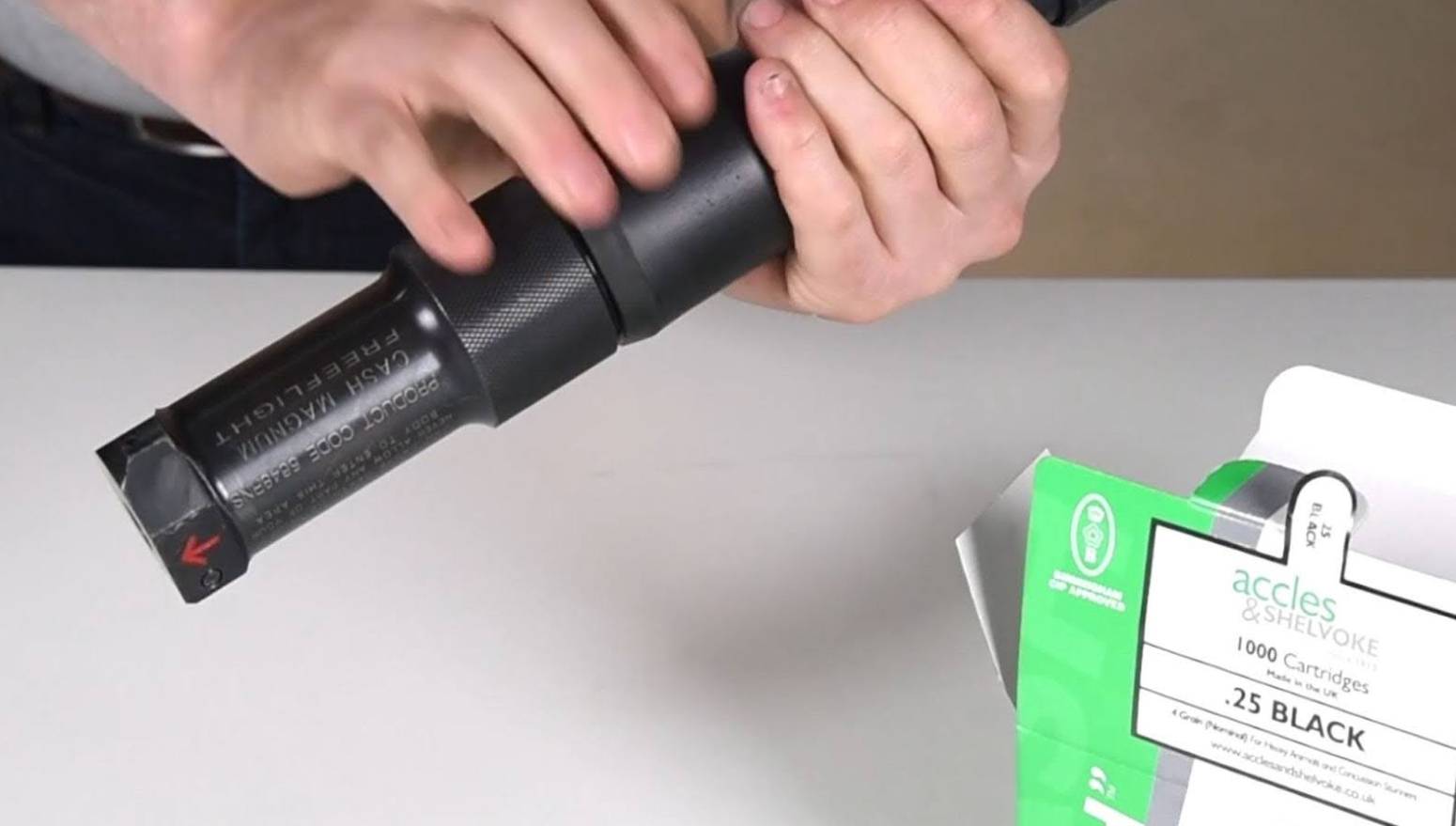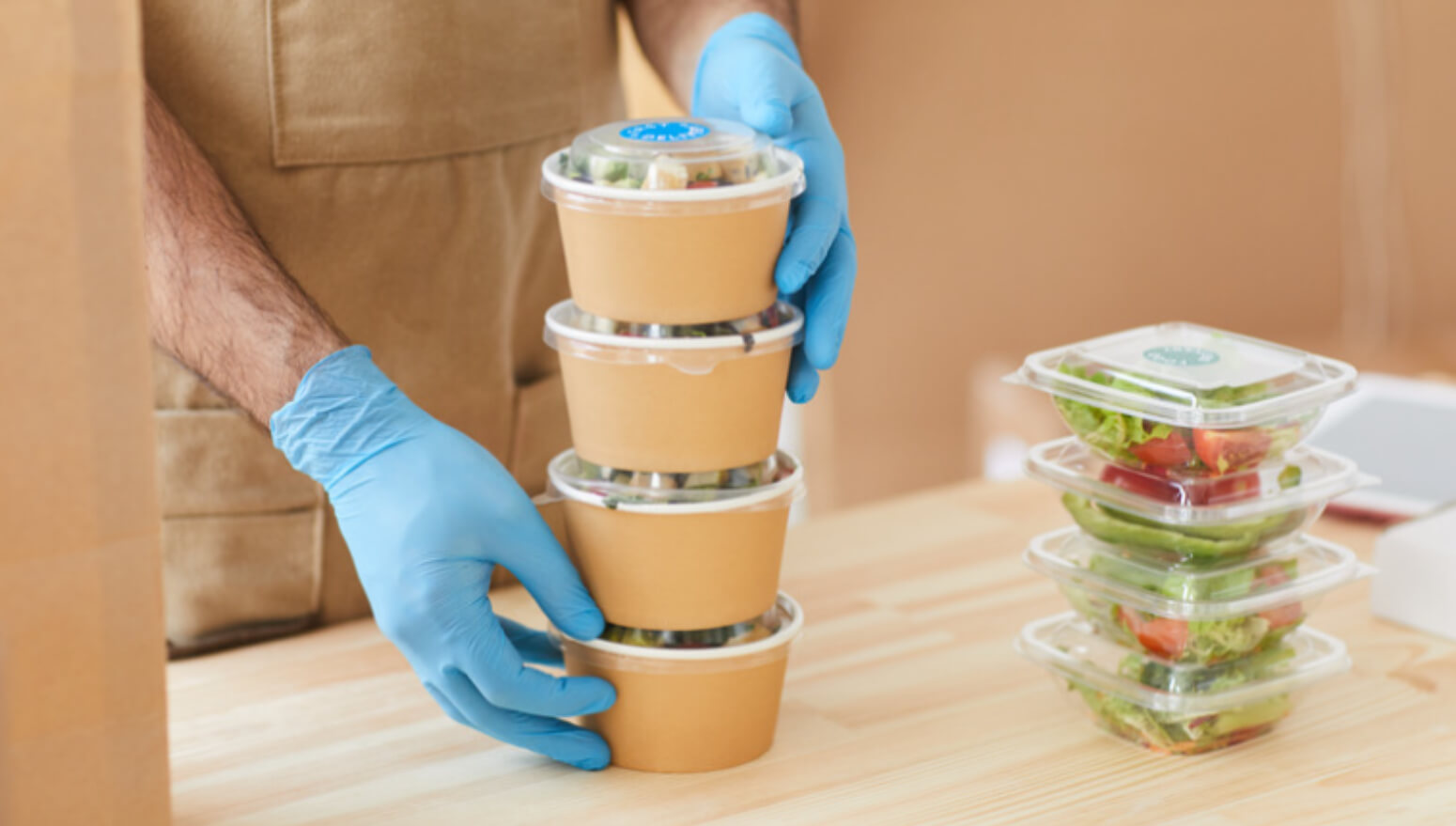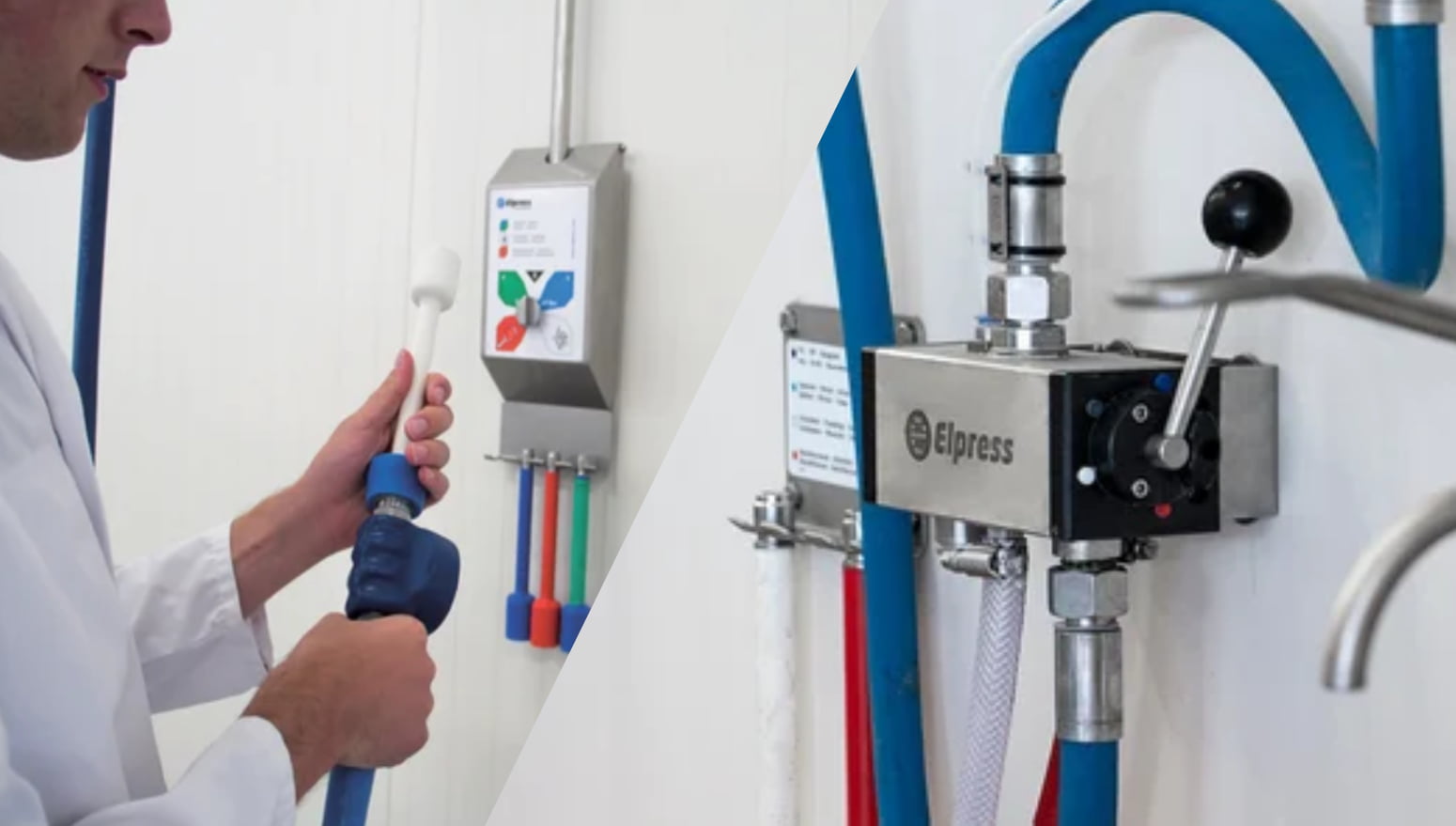We all have a microwave lurking somewhere at home. Even the most cynical of home cooks will find themselves using it to steam veggies or warm up a bowl of soup. But little does the average cook know how valuable microwave technology is to the food manufacturing industry.
Microwave heating in food processing is pretty much the best thing since sliced bread. Microwave technology is being used to create food processing equipment that is transforming operations at food processing plants. In this article, we’ll explore why.
Overview:
- What is microwave processing?
- Benefits of microwave technology in food processing
- Microwave heating applications in food processing
What is microwave processing?
Microwave processing is heating through the interaction of electromagnetic radiation with the “dielectric” properties of foods. These properties create polarisation within a substance when exposed to an external electric field.
What actually happens is the polar molecules rotate continuously to align with the electromagnetic field. This causes friction between the molecules, so heat is generated. This increases the temperature of the items in the food processing machine.
Benefits of microwave heating in food processing
There may be controversy around the use of microwaves in restaurant kitchens, but microwave processing in food manufacturing actually has several advantages.
- It’s faster than conventional heating, reducing processing times
- Nutrient retention is high, improving product quality
- It allows for precise process control and optimal energy usage
- It can be used post-packaging, retaining moisture content
- It’s a clean process
- It requires comparatively minimal space
The major disadvantage of microwave heating in food processing, which you may have noticed when using your microwave at home, is non-uniform temperature distribution. This can result in hot and cold spots in foods.
Microwave heating applications in food processing: 3 cooking methods
1. Cooking
The most obvious application of microwave heating in food processing is cooking.
Microwave cooking systems are used to pre-cook meats like bacon. And of course, many fast-food restaurants use microwaves for multiple cooking processes.
One useful application of microwave cooking is in boosting or part cooking meat like chicken, before impingement oven cooking. Microwaves are effective at penetrating deep into meat to begin internal cooking quickly. According to the Institute of Food Technologists, this can reduce overall cooking time by as much as 50%.
2. Drying
Using microwave technology to dry food products is very efficient. Food producers in snack and spice manufacturing can benefit hugely from using this method. Microwave drying is also used to finish dry pasta and instant noodles.
3. Tempering/defrosting
Tempering is by far the most successful and therefore popular application of microwave heating in food processing.
Defrosting is achieved in minutes rather than hours or days, even for large blocks of frozen product. As briefly stated above, one of the benefits of microwave heating – or in this case, microwave tempering – is that it can be done post-packaging. This means significant drip loss reduction, while also minimising product deterioration through exposure to air. This makes it ideal for virtually any defrosting process, especially deep-frozen beef.
FPE supplies tempering equipment by AMTek Microwave to the food industry in Australia and New Zealand. Alongside AMTek’s excellent machinery, we also offer parts supply, training and maintenance. Contact FPE today to learn more about microwave heating in food processing and more best practice technology for food manufacturers. You can also check out the rest of our Resources section for articles on sustainable food manufacturing, food safety monitoring processes, cook-chill products and much more!






